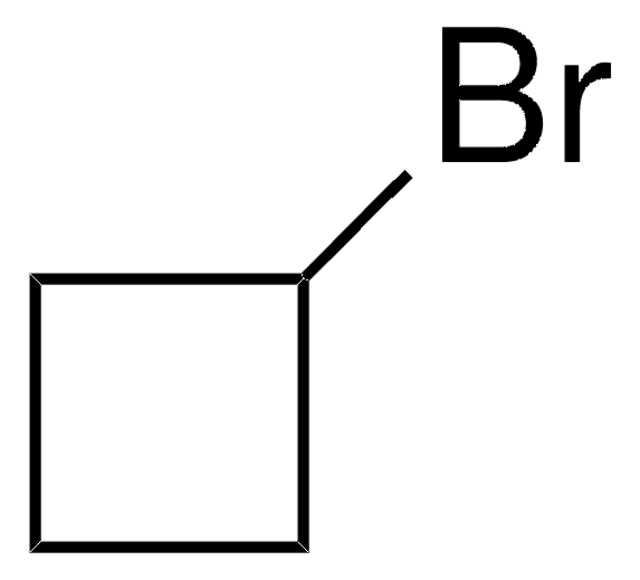295183
Cyclopropane
≥99%
Synonym(s):
Trimethylene (6CI)
About This Item
Recommended Products
vapor density
1.45 (vs air)
Assay
≥99%
autoignition temp.
928 °F
expl. lim.
10.4 %
bp
−33 °C (lit.)
mp
−128 °C (lit.)
SMILES string
C1CC1
InChI
1S/C3H6/c1-2-3-1/h1-3H2
InChI key
LVZWSLJZHVFIQJ-UHFFFAOYSA-N
Looking for similar products? Visit Product Comparison Guide
Application
Packaging
Compatible with the following:
Legal Information
also commonly purchased with this product
hose barb
recommended
regulator
Signal Word
Danger
Hazard Statements
Precautionary Statements
Hazard Classifications
Flam. Gas 1 - Press. Gas Liquefied gas
Storage Class Code
2A - Gases
WGK
WGK 1
Flash Point(F)
Not applicable
Flash Point(C)
Not applicable
Personal Protective Equipment
Certificates of Analysis (COA)
Search for Certificates of Analysis (COA) by entering the products Lot/Batch Number. Lot and Batch Numbers can be found on a product’s label following the words ‘Lot’ or ‘Batch’.
Already Own This Product?
Find documentation for the products that you have recently purchased in the Document Library.
Customers Also Viewed
Articles
Solvias MeOBIPHEP Ligands: State-of-the-art atropisomeric MeOBIPHEP ligands, also referred to as MeO-BIPHEP, originally developed by Roche, have an extraordinarily broad performance profile for many synthetic applications due to their modular ligand design.
Our team of scientists has experience in all areas of research including Life Science, Material Science, Chemical Synthesis, Chromatography, Analytical and many others.
Contact Technical Service


















